Gluteus Maximus Muscle
Gluteus Maximus Muscle Anatomy
The gluteus maximus is the main extensor muscle of the hip. It is the largest and outermost of the three gluteal muscles and makes up a large part of the shape and appearance of each side of the hips. Its thick fleshy mass, in a quadrilateral shape, forms the prominence of the buttocks.
The other gluteal muscles are the medius and minimus, and sometimes informally these are collectively referred to as the “glutes” or Gluteal muscles.
Its large size is one of the most characteristic features of the muscular system in humans connected as it is with the power of maintaining the trunk in the erect posture. Other primates have much flatter hips and can not sustain standing erect.
The fibres of the Gluteal maximus are largely perpendicular to each other and line up in the direction of pull giving it. its quadrilateral shape and course appearance. There are two layers to the muscle which pass down to the insertional attachment.
Structure of Gluteus Maximus Muscle:
Muscles of the gluteal and posterior femoral regions, show the origin and insertion of the gluteus maximus muscle.
The gluteus maximus is the outermost muscle of the buttocks. It arises from connections to nearby structures in this area. It arises from the posterior gluteal line of the inner upper ilium, a bone of the pelvis, as well as above it to the iliac crest and slightly below it; from the lower part of the sacrum and the side of the coccyx, the tailbone; from the aponeurosis of the erector spinae (lumbodorsal fascia), the sacrotuberous ligament, and the fascia covering the gluteus medius (gluteal aponeurosis).
The fibers are directed obliquely downward and lateralward;
The gluteus maximus ends in two main areas:
those forming the upper and larger portion of the muscle, together with the superficial fibers of the lower portion, end in a thick tendinous lamina, which passes across the greater trochanter, and inserts into the iliotibial band of the fascia lata;
the deeper fibers of the lower portion of the muscle are inserted into the greater trochanter between the vastus lateralis and adductor magnus.
Bursae:
Three bursae are usually found in relation to the deep surface of this muscle:
One of these, of large size, separates it from the greater trochanter;
a second, (often missing), is situated on the tuberosity of the ischium;
a third is found between the tendon of the muscle and that of the vastus lateralis.
Origin:
Posterior gluteal line of the ilium and portion of the bone superior and posterior to it.
The posterior surface of the lower part of the sacrum.
Side of the coccyx.
Aponeurosis of erector spinae .
Sacrotuberous ligament.
Gluteal aponeurosis .
Attaches to thoracolumbar and its associated raphe. By this attachment Glutes maximus is coupled to the ipsilateral multifidus and contralateral Latissimus dorsi forming posterior oblique and deep longitudinal myofascial slings you can read more in detail about these in the Anatomy Slings and Their Relationship to Low Back Pain.
Insertion:
The larger proximal portion of the muscle and the superficial fibers of a distal portion of the muscle. The larger proximal portion, which forms three-quarters of the fibres inserts into the Iliotibial tract the other fibres insert indirectly by the lateral intermuscular septum into the linea aspera of the femur.
The deeper fibres of the distal portion of the muscle form an aponeurosis which attaches to the gluteal tuberosity of the femur.
Nerve supply:
Inferior gluteal nerve (root L5, S1, and S2). Cutaneous supply is mainly provided by L2 and 3.
Blood supply:
Superior and Inferior gluteal artery.
The inferior and superior gluteal arteries both send blood to the gluteus maximus. These blood arteries enter the muscle in the core, the gluteus maximus. The greater trochanter of the femur is where the inferior gluteal artery descends.
It coincides with the sciatic nerve’s descent, which is crucial since sciatic nerve palsy and gluteal compartment syndrome can result from an inferior gluteal artery rupture. The artery provides the skin’s outer layer and forms anastomoses with the lower limb’s perforating arteries. After intramuscular injection, the inferior gluteal artery is likewise prone to pseudoaneurysm development.
Function:
Adduction of thigh (Adductio femoris)
Adduction of thigh (Adductio femoris)
The gluteus maximus muscle exhibits four actions on the hip joint; extension, external rotation, abduction, and adduction of the thigh.
When its proximal attachment is fixed, the gluteus maximus acts as the main extensor of the hip joint, pulling the shaft of the femur posteriorly. The external rotation of the thigh happens simultaneously with the extension, assisting in raising the medial longitudinal arch of the foot.
On the contrary, when its distal attachment is fixed, the gluteus maximus pulls the pelvis posteriorly. As it usually happens in synergy with the same action of the hamstring muscles, this action of the gluteus maximus helps to bring the trunk from a flexed to an upright position. Furthermore, these muscles help in maintaining an upright posture by balancing the pelvis on femoral heads.
The superior portion of the muscle participates in the abduction of the thigh, while the inferior part participates in its adduction. Additionally, the latter portion tenses the fascia lata and stabilizes the femur from the lateral aspect of the knee joint.
Unlike the other gluteal muscles, the gluteus maximus is not active while standing; instead, it intermittently activates while walking or climbing. While sitting down, the static contraction of the gluteus maximus is important for relieving the pressure of the weight of the trunk on the ischial tuberosities.
Embryology
The somites, which are bilaterally paired blocks of the paraxial mesoderm, are where the gluteus maximus, like all other limb muscles, originates. In the fifth week of development, the myoblasts begin to move into the limb buds. These cells condense into the ventral or dorsal limb buds there. The gluteus maximus is one of the extensors and abductors that are part of the lower extremity’s dorsal limb buds.
Variantions of Gluteus Maximus Muscle
Anatomical and biomechanical variations of the gluteus maximus are documented in the literature. For instance, one research examined the variability of the muscle in a sample group with relation to its movement arms, or the distance between the joint axis and the line of force operating on that joint.
The gluteus maximus muscle showed significant diversity in the research, which was explained by variations in the insertion sites throughout the iliotibial tract and in the gluteal tuberosity.
Physiological variations are also involved in gluteus maximus variation. Because it extends the hip joint, which results in explosive movements, the gluteus maximus muscle is one of the most crucial muscles for athletes to strengthen.
A 2018 research looked at the relationship between quicker and slower athletes’ gluteus maximus muscle to quadriceps femoris ratio. The athlete’s speed increased with the ratio, according to the results.
A different 2018 study raises the possibility that related hip muscles may atrophy more following hip arthroplasty, although bigger cohorts are required to fully interpret the findings. It has also been shown that there is variation in the neuromuscular activity of the gluteus maximus between patients with patellofemoral pain syndrome and healthy persons.
Exercise of the Gluteus Maximus Muscle Exercise
At the bottom of each exercise listed is a specific gluteus maximus workout you can try at home.
If you want to really target your glutes, pick 3 to 5 movements from below and perform them in a HIIT or circuit training workout.
shoulder bridge glutes
- Shoulder bridge lifts
Lie on your back with your knees bent, feet flat on the floor, palms facing the ceiling. Bring your heels close to your butt.
Press through your heels and lift your hips off the ground as high as they will go.
Pause at the top and hold for one second.
Return to the floor in a slow, controlled manner.
You can also try shoulder bridge holds, an isometric variation where you hold at the top for longer.
Workout to try: 3 sets of 15 shoulder bridge lifts. Rest 60 seconds between sets. Squeeze those glutes hard at the top!
table tops for glutes
- Table tops
Start in a seated position. Legs in front of you, hands on the floor behind you (palms down) with the fingertips facing the back wall.
Pushing through your heels, raise your butt off the ground. Bring your hips to the sky.
Keep your elbows locked out and your core tight as you lift.
At the top of the movement, squeeze your glutes.
Return to the floor in a slow, controlled manner.
Another option you have is to try alternating one-leg table tops. Keep in mind, they’re more advanced!
Workout to try: 3 sets of 15 table tops. Rest 60 seconds between sets.
Gluteus maximus lunges
- Lunges (and lunge variations)
Lunges are a great functional strength training glute exercise. There are also several variations of lunges you can try in your workouts.
Here’s how to do the alternating reverse lunge:
Start in a standing position.
Hinge forward at the hips slightly, putting about 70 percent of your weight on your heels.
Step back with your right leg, and dip down until your back knee touches the ground.
Using your left glute, press through the heel of your foot to bring your right leg back to a stand.
Maintain an upright posture as best you can during this exercise.
Repeat on the other side.
Workout to try: 3 sets of as many lunges as possible in 60 seconds (take a 2-minute break between rounds).
squats glutes exercises
- Squats (and squat variations)
Like lunges, squats are a functional, compound exercise. They’re great for several lower body muscles, including the glutes, and you have many variations to choose from.
To do a regular squat:
Stand with your feet shoulder-width apart, toes at a 45-degree angle.
Kick your hips back toward the wall behind you. Your knees will bend too.
Lower your butt until your thigh is parallel to the floor.
Drive through your heels to return to a stand.
Throughout the exercise, maintain a “proud” chest (this is a cue to keep your back tight and your upper body active)
Workout to try: 3 sets of as many squats (or a squat variation) as possible in 60 seconds. Take a 2-minute break between rounds.
split squats for glutes
- Split squats
You can technically call these a squat variation, but split squats are such a good exercise for your glutes that they deserve their own section.
To perform:
Stand in front of a couch or a knee-high sturdy object. Place your right foot on the object on the object behind you.
Stand tall and find your balance. Place your weight in your left heel.
Drop the right knee down as far as you can comfortably go.
Pushing through your left heel, return to the top of the exercise.
Do 12 reps on one side, then repeat on the other leg.
Workout to try: 3 sets of 12 split squats on each leg. Rest for 90 seconds between sets.
- Hill walking
Hill walking forces you to generate more power than on level ground, which forces your glutes to contribute.
As a general rule, the steeper the incline you walk on, the more active your glutes will be.
You can walk hills around your neighborhood, or use a treadmill at the gym. Set the incline to 2 percent grade or higher to activate the glutes.
Workout to try: Go for three 30-minute walks this week. Aim to walk uphill for at least 10 minutes.
- Running
Running is the best form of cardio exercise for activating the glutes.
If you have limitations like joint pain or aren’t fit enough to run yet, start off with a few brisk walks a week and work your way up to it over time.
Eventually, try going for a 5 or 10-minute run to start. You can also alternate between running for one minute and walking for one minute. Add minutes or even seconds to your time each
the time you run, and slowly but surely you’ll make progress.
Clinical Significance
It is possible to assess gluteus maximus function in a clinical context. The patient is placed in the prone position with their lower limb straight at the start of the test. The examiner next palpates the gluteus maximus and feels for contraction as the patient stretches their hip and tightens their buttocks to the greatest extent possible.
The most likely reason for gluteus maximus dysfunction is inferior gluteal nerve dysfunction, which would make it difficult for the patient to get up from a seated posture, climb stairs, and lose hip extension. Posterior hip dislocation is the most frequent cause of dysfunction of the inferior gluteal nerve.
An improper intramuscular (IM) injection site location is another cause of inferior gluteal nerve dysfunction. It is recommended to administer an IM injection in the upper outer quadrant of the buttock. If not, there is a chance of harm to the superior and inferior gluteal nerves.
Gluteus maximus paralysis
Gluteus maximus paralysis has no effect on one’s ability to walk on a plane or a completely level surface. Walking only involves the gluteus maximus contraction for a portion of the stance phase. From the moment the heel touches the ground until the foot is flat, this stance phase takes place. The gluteus maximus operates by preventing the hip from flexing any further before starting the extension process. When lifting anything while seated or ascending a flight of steps, the gluteus maximus contracts vigorously.
FAQ
What is the gluteus maximus muscle function?
The muscle attaches to both the iliotibial band and the gluteal tuberosity. The gluteus maximus is principally engaged in abduction, external rotation, and hip extension. Its purpose is to keep the body in an upright position.
What is the disease of the gluteus maximus?
Severe, long-lasting pain and numbness in the leg and buttocks are symptoms of deep gluteal syndrome. Pain during sitting or standing up is caused by the gluteal muscle spasms pulling on the bone coccyx. Bursitis, infected cysts, contusions, and lumbar disk disease can all result in gluteus maximus discomfort.
How to strengthen glutes?
A range of exercises, such as squats, lunges, bridges, and hip abduction movements, can be used to target weak glutes. In addition to lowering the likelihood of lower back, knee, hip, and ankle problems, strengthening these muscles can aid with posture, stability, and mobility.

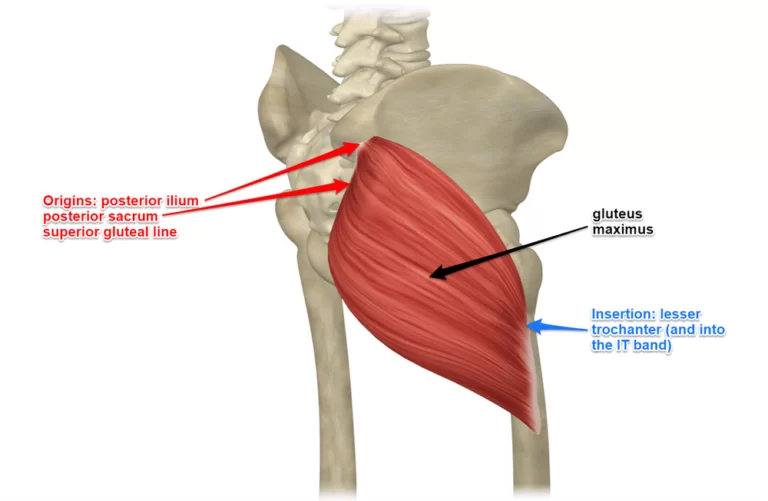
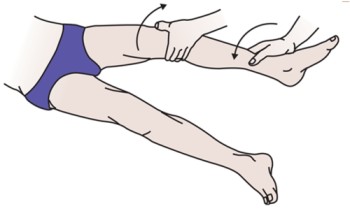
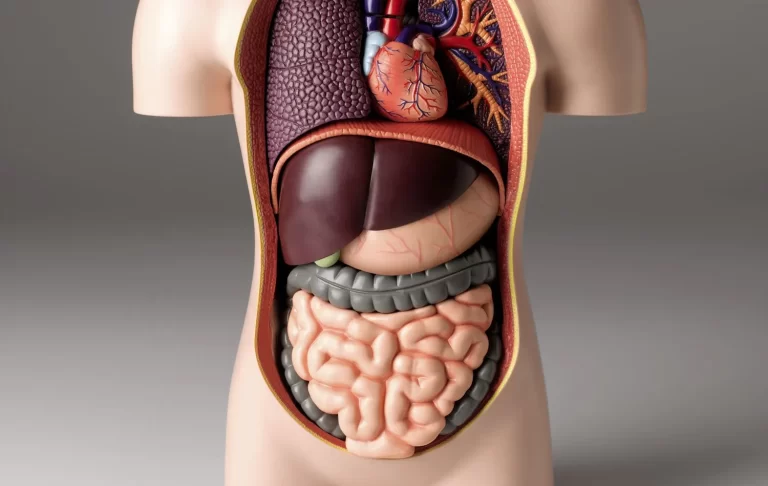
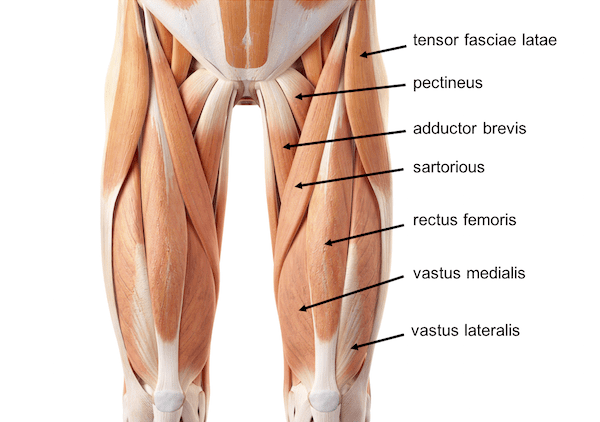
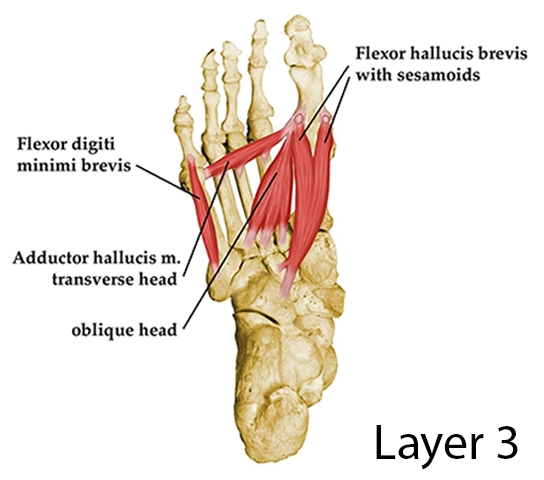
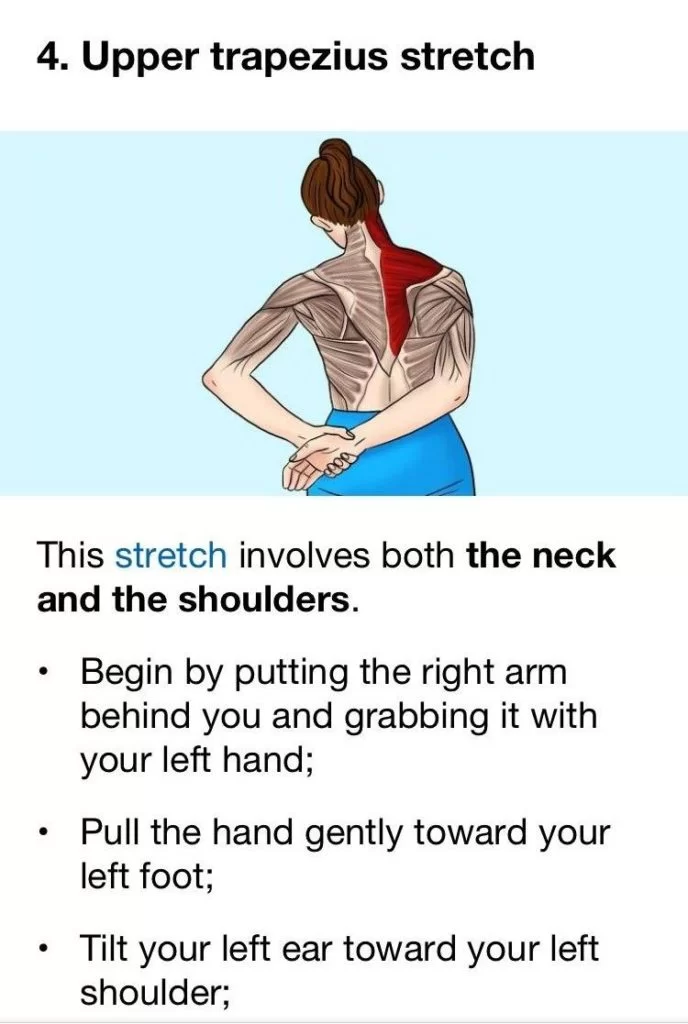
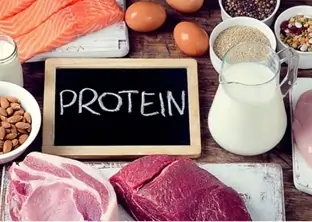
18 Comments